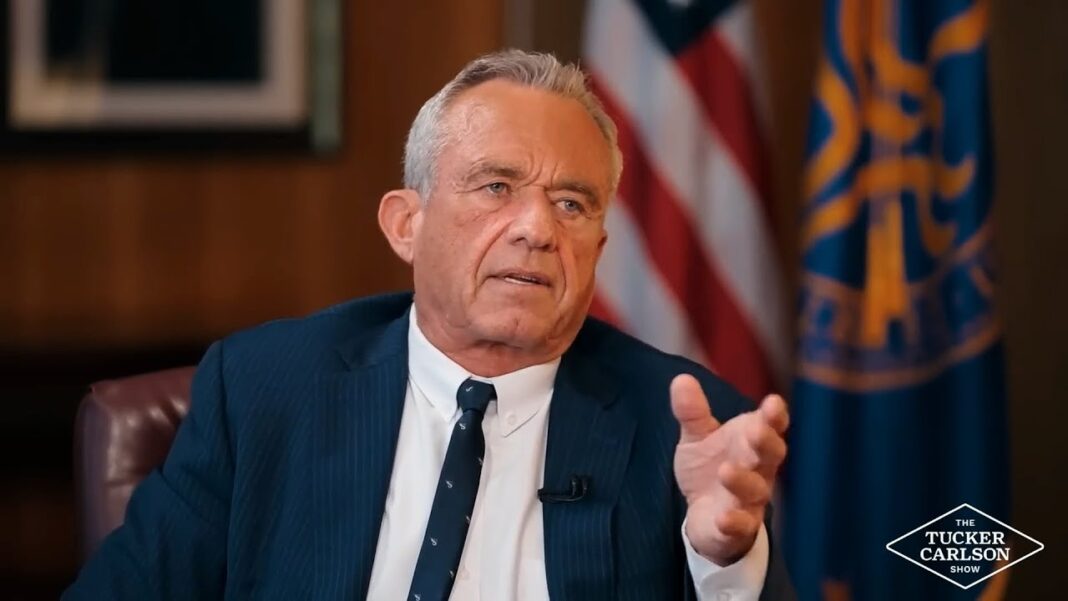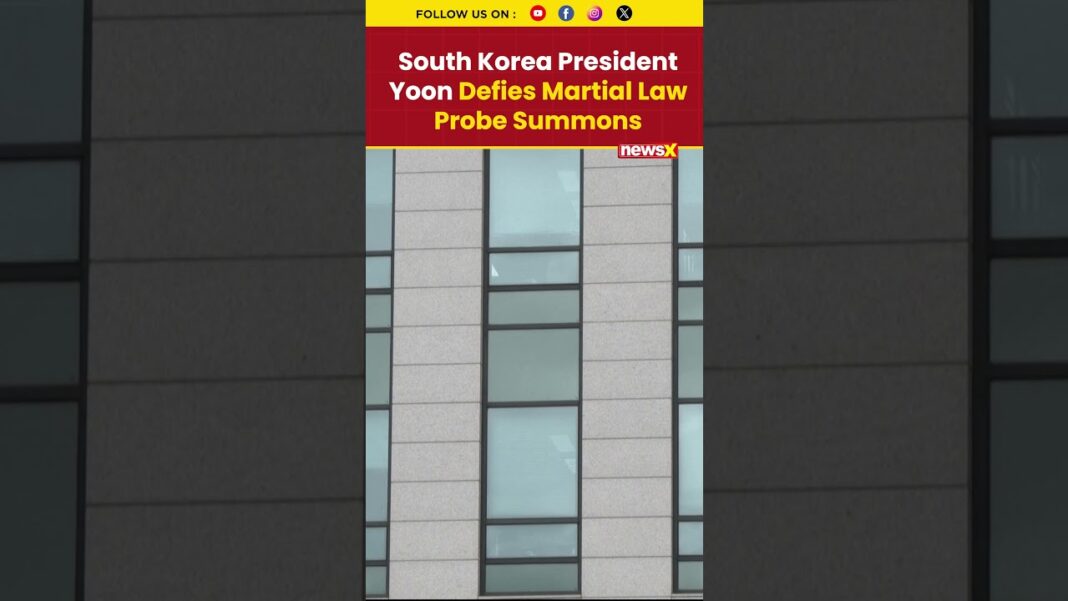The Trump administration is sending letters to U.S. trading partners ahead of his July 9 tariff deadline.
Wall Street shrugged off the prospects of higher U.S. tariff rates as stocks registered all-time highs to finish the raucous second quarter.
President Donald Trump confirmed again that his administration will send letters to trading partners ahead of the July 9 deadline for the pause of his reciprocal tariffs.
In a June 29 interview with Fox Business Network’s “Sunday Morning Futures,” Trump stated that officials will examine the trade deficit and how countries treat the United States. “Some countries, we don’t care, we’ll just send a high number out,” he said.
“But we’re going to be sending letters out starting pretty soon,” Trump said. “We’re going to say, ‘Congratulations, we are allowing you to shop in the United States of America. You’re going to pay a 25 percent tariff, or a 35 percent or a 50 percent or a 10 percent.’”
Trump alluded to these letters during a June 27 press briefing, telling reporters that countries would be informed that “they have to pay to do business in the United States, and it’s going to be very quickly.”
With the deadline fast approaching, the White House has repeatedly noted that the president, Trade Representative Jamieson Greer, and others would be sending letters to nations, serving as a “friendly reminder” to submit new trade deal proposals.
Other Trump administration officials have suggested that the president could be flexible on the July 9 deadline.
“Perhaps it could be extended, but that’s a decision for the president to make,” White House press secretary Karoline Leavitt said on June 26.
Treasury Secretary Scott Bessent, in a June 27 interview on Fox Business, signaled a less stringent timeframe for completing trade deals.
He noted that if the United States “can ink 10 or 12 of the important 18” agreements, then a complete trade framework could be “wrapped up by Labor Day.”
“With all things, they get done in the end. You have to put on a deadline,” Bessent said. “As you and I know, nothing gets done in Washington well in advance.”
Over the last several weeks, scores of White House officials have indicated that the United States is close to announcing a number of trade agreements, including those with India and Japan. However, to date, the administration has only reached deals with the United Kingdom and China.
Still, according to Bessent, a “flurry” of deals could be announced in the homestretch of the July 9 deadline. At the same time, for countries that cannot come to terms with the United States, they could face higher levies.
“We have countries that are negotiating in good faith, but they should be aware that if we can’t get across the line because they are being recalcitrant, then we could spring back to the April 2 levels. I hope that won’t have to happen,” Bessent said in a June 30 interview with Bloomberg Television.
On April 2, Trump unveiled a long list of reciprocal tariff rates on U.S. trading partners, ranging from 11 percent to 50 percent. A week later, he issued a 90-day pause, introducing a universal tariff rate of 10 percent. These levy levels could be restored in the coming days, but investors appear indifferent to the possibility based on the performance of the equity market.
By Andrew Moran







